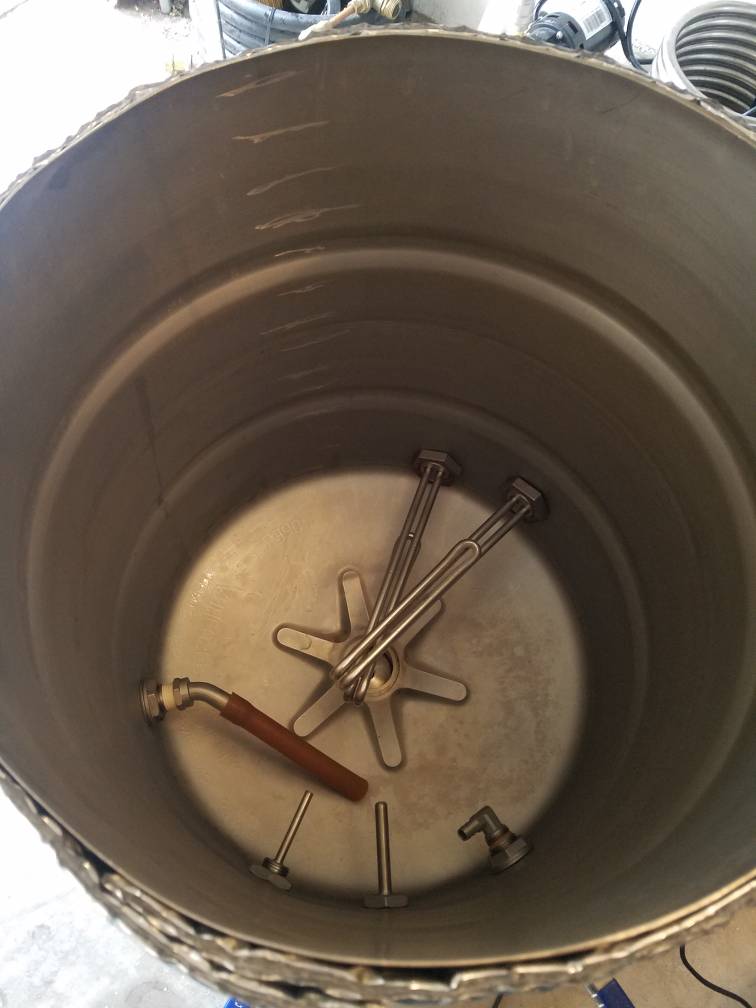I am in the process of designing my eBIAB kettle based on 50L (13 gallon) stainless steel 40x40cm (15x15") pot and am looking for a good heating element (of approx. 3000).
I have read about many element advertised as Low Watt Density but for some of them they were claimed to scorch the wort.
Looking at https://www.amazon.com/Dernord-Foldback-Heater-Element-Density/dp/B018S4AP5Y/ref=sr_1_7 assuming it has 8,5mm pipe diameter, it's density is 10W/cm2 or 25W/sq.inch (@1500W).
This one https://www.clawhammersupply.com/collections/all-products/products/1650-watt-element seems to have 7,5W/cm2 (19W/sq.inch) @1650W
Of course I am looking for larger ones but wonder if these 10W/cm2 isn't too much and will not end up scorching the recirculated wort (the mash itself will be in a basket).
I have read about many element advertised as Low Watt Density but for some of them they were claimed to scorch the wort.
Looking at https://www.amazon.com/Dernord-Foldback-Heater-Element-Density/dp/B018S4AP5Y/ref=sr_1_7 assuming it has 8,5mm pipe diameter, it's density is 10W/cm2 or 25W/sq.inch (@1500W).
This one https://www.clawhammersupply.com/collections/all-products/products/1650-watt-element seems to have 7,5W/cm2 (19W/sq.inch) @1650W
Of course I am looking for larger ones but wonder if these 10W/cm2 isn't too much and will not end up scorching the recirculated wort (the mash itself will be in a basket).



